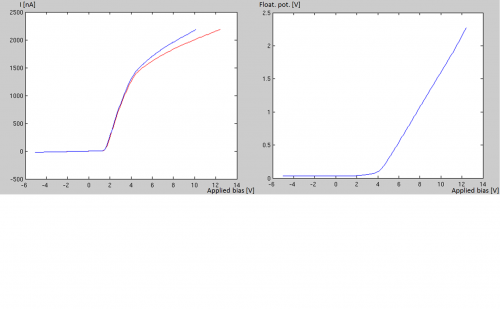Development
SLP is a very light weight and miniaturised instrument. The electronic boards are enclosed in custom-made shielding cover to reduce electromagnetic interferences (EMI) as depicted in Figure 2. The electronics fit into a box of 104 mm x 98 mm x 25 mm and the whole instrument weighs only 152 g (including probes and booms).
Test and validation
Because the conducting area of the spacecraft (S/C) is not large enough compared to the area of the probes, the S/C will charge negatively when the probes are swept with positive bias. This charging will lead to a drift of the S/C potential during the sweep, making the data unusable. In order to avoid this problem, a specific measurement technique using two different probes simultaneously has been developed:
- one probe is biased and measures the current (traditional Langmuir probe technique)
- a second probe is used to measure the floating potential
By combining the data from these two probes, we are able to retrieve consistent current-voltage characteristics. This new measurement principle has been successfully tested and validated in the ESA plasma chamber at ESTEC, as shown in Figures 3 and 4.



